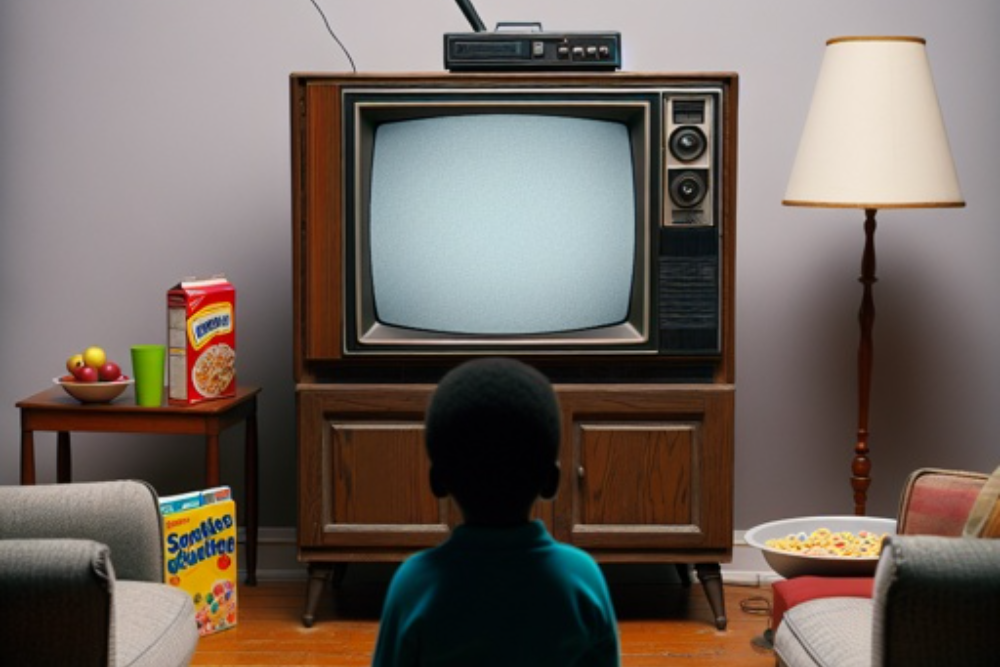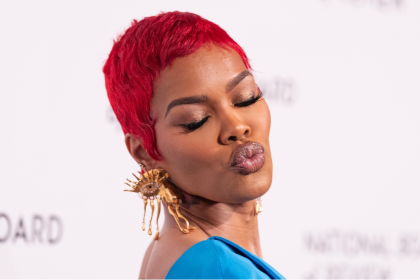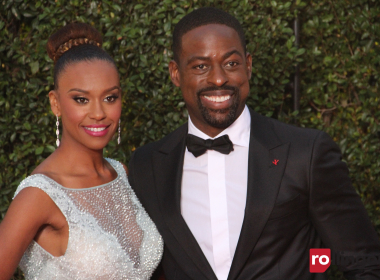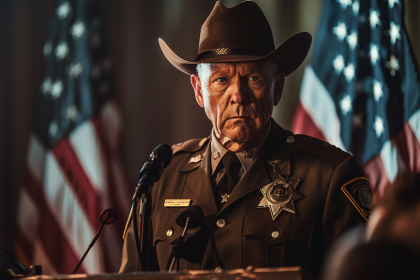The intersection of childhood entertainment and unintended fear creates a fascinating psychological landscape, particularly when examining how certain characters left lasting impressions on young Black viewers. From animated features to live-action films, seemingly innocent productions often harbored figures that transcended their intended appeal to become sources of genuine childhood trauma.
The unexpected villains of family entertainment
When animation meets anxiety
The realm of animated entertainment proves particularly fertile ground for unexpected childhood fears. The Grinch, despite his eventual redemption arc, struck a particularly resonant chord of discomfort among young viewers. His brooding presence in Whoville, combined with his grotesque features and misanthropic nature, created a character whose impact extended far beyond the holiday season.
Disney’s contribution to childhood apprehension cannot be understated, with characters like Scar from “The Lion King” embodying a sophisticated kind of menace. The calculated malevolence in his portrayal, particularly during the wildebeest stampede sequence, demonstrated how animated features could craft complex villains that resonated deeply with young audiences. Similarly, Ursula from “The Little Mermaid” emerged as a masterclass in animated intimidation, her tentacled presence and manipulative nature creating a villain that operated on multiple levels of childhood fear.
The practical effects that pushed boundaries
Practical horror in family films
The transformation of practical effects in family entertainment often crossed the line between whimsy and horror. The notorious subway scene in “The Wiz” stands as a testament to how environmental design and lighting could create moments of genuine dread in what was ostensibly a musical adventure. The scene’s combination of darkness, movement, and urban decay tapped into primal fears that resonated particularly strongly with young Black viewers.
The Oompa Loompas in “Willy Wonka and the Chocolate Factory” represented another unexpected source of childhood anxiety. Their synchronized performances, occurring immediately after each child’s misfortune, created a disturbing juxtaposition of cheerful musical numbers with dark consequences. This cognitive dissonance often proved more unsettling than traditional horror elements.
The evolution of animated horror
When animation pushes boundaries
Modern animation has continued this tradition of unintentional terror, perhaps most notably with the Other Mother from “Coraline.” The character’s evolution throughout the film, from a seemingly perfect maternal figure to a nightmarish entity, demonstrates how contemporary animation can craft sophisticated horror elements within family entertainment. The button eyes, a seemingly simple design choice, became a powerful symbol of otherness and danger.
The puppetry sequence in “The Polar Express” represents another example of how advancing technology sometimes creates unintended anxiety. The uncanny valley effect, combined with the film’s specific animation style, produced moments that many young viewers found deeply unsettling, despite the story’s festive intentions.
Practical effects and lasting impact
The power of practical horror
The Grand High Witch from the 1990 adaptation of “The Witches” stands as a masterclass in how practical effects can create lasting childhood trauma. The character’s transformation sequence, revealing her true form, demonstrates how even pre-CGI effects could create moments of genuine horror within family entertainment. The scene’s impact often overshadowed the film’s broader narrative themes.
Similarly, Large Marge’s infamous scene in “Pee-wee’s Big Adventure” shows how a single moment of practical effects can become permanently etched in viewers’ memories. The sudden nature of the transformation, combined with its placement within an otherwise lighthearted film, created a perfect storm of unexpected terror.
The legacy of frightening figures
These characters’ lasting impact on young Black viewers speaks to broader questions about representation and the nature of childhood fear in entertainment. While some characters were intentionally designed to frighten, others gained their terrifying status through a combination of design choices, performance decisions, and the unique perspectives of young viewers.
The endurance of these childhood fears into adulthood suggests that such characters often transcended their original context to become part of a shared cultural experience. Their impact extends beyond simple fright, often becoming touchstones for discussions about childhood entertainment and its unintended effects on young viewers.
The evolution of family entertainment continues to produce characters that walk the line between entertainment and terror. Modern productions seem more aware of this dynamic, often deliberately playing with these elements while remaining mindful of their young audience. However, the unpredictable nature of childhood fear means that even contemporary family entertainment sometimes creates unintentionally frightening figures that will resonate with young viewers for years to come.
This examination of frightening characters in family entertainment reveals how seemingly innocent content can leave lasting impressions on young minds. Whether through sophisticated animation, practical effects, or performance choices, these characters have become part of a shared cultural experience that continues to influence how we think about children’s entertainment and its unexpected impact on young viewers.

















